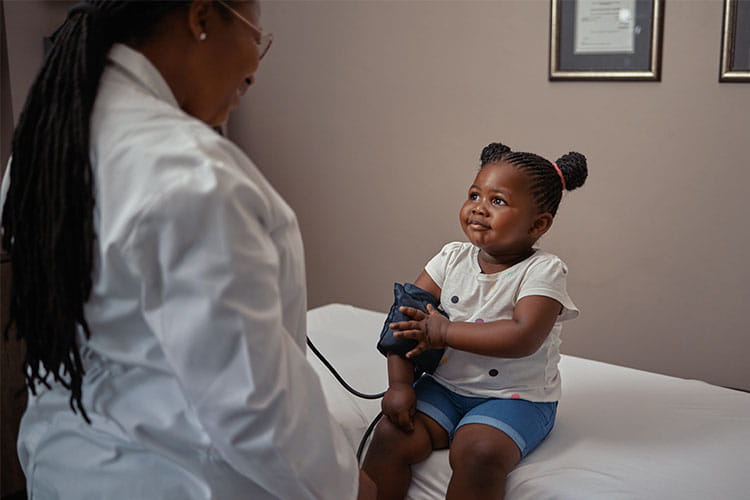Secondary hypertension, or high blood pressure caused by an underlying medical condition, is more common in children than previously thought, especially in girls and those with kidney disease, according to recent studies.
High blood pressure in children and adolescents is a serious health issue that can lead to cardiovascular complications later in life. However, it is often overlooked or misdiagnosed, as the symptoms are usually nonspecific or absent.
While primary hypertension, or high blood pressure with no identifiable cause, is becoming more prevalent in children due to the obesity epidemic, secondary hypertension still accounts for at least 50% of cases in this age group, according to some estimates.
Secondary hypertension can have various causes, such as renal parenchymal disease, renovascular disease, coarctation of the aorta, endocrine disorders, medications, and genetic syndromes. Some of these causes are reversible or treatable, while others may require lifelong management.
The most common cause of secondary hypertension in children is renal disease, which affects the function and structure of the kidneys. Renal disease can be congenital, acquired, or related to other systemic conditions, such as diabetes or lupus. Renal disease can also cause hypertensive emergencies, which are life-threatening situations that require immediate medical attention.
Another common cause of secondary hypertension in children is coarctation of the aorta, which is a narrowing of the main artery that carries blood from the heart to the rest of the body. Coarctation of the aorta can cause high blood pressure in the upper body and low blood pressure in the lower body, as well as other complications, such as heart failure or stroke. Coarctation of the aorta can be corrected by surgery or catheterization.
Endocrine disorders, such as hyperthyroidism, Cushing syndrome, or pheochromocytoma, can also cause secondary hypertension in children by affecting the hormones that regulate blood pressure. These disorders can be diagnosed by blood tests, urine tests, or imaging studies, and treated by medication or surgery.
Secondary hypertension in children can also be caused by medications, such as steroids, oral contraceptives, or decongestants, or by illegal drugs, such as cocaine or amphetamines. These substances can increase blood pressure by stimulating the nervous system or affecting the blood vessels. The treatment for this type of secondary hypertension is to stop or reduce the use of the offending agent.
Secondary hypertension in children can be caused by genetic syndromes, such as Liddle syndrome, glucocorticoid-remediable aldosteronism, or Williams syndrome. These syndromes are inherited and affect the genes that regulate blood pressure. The treatment for these syndromes depends on the specific mutation and may include medication, dietary modification, or surgery.
The diagnosis of secondary hypertension in children requires a comprehensive history and physical examination, as well as targeted screening tests, such as blood tests, urine tests, or imaging studies, to evaluate for underlying medical disorders. The diagnosis can be confirmed by ambulatory blood pressure monitoring, which is a device that measures blood pressure over 24 hours.

